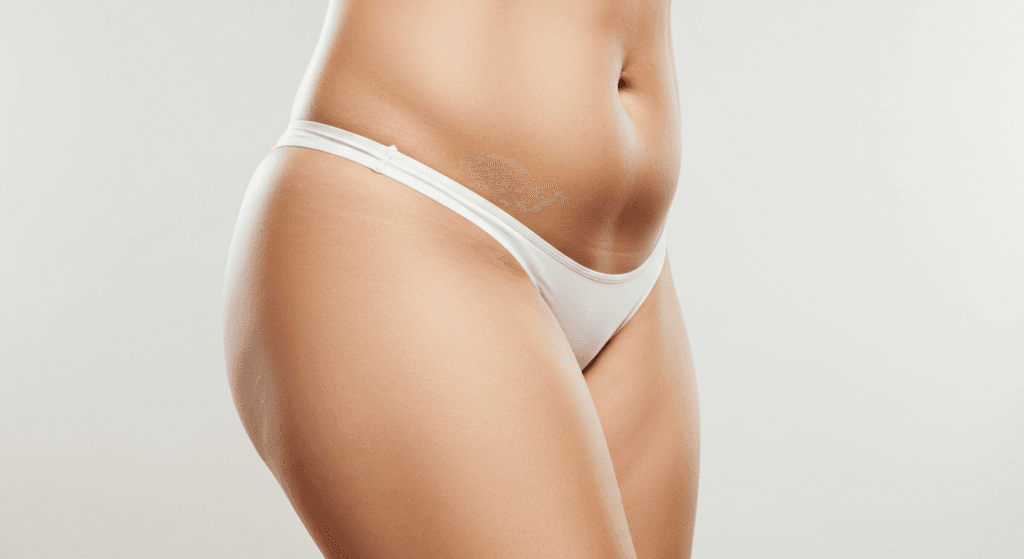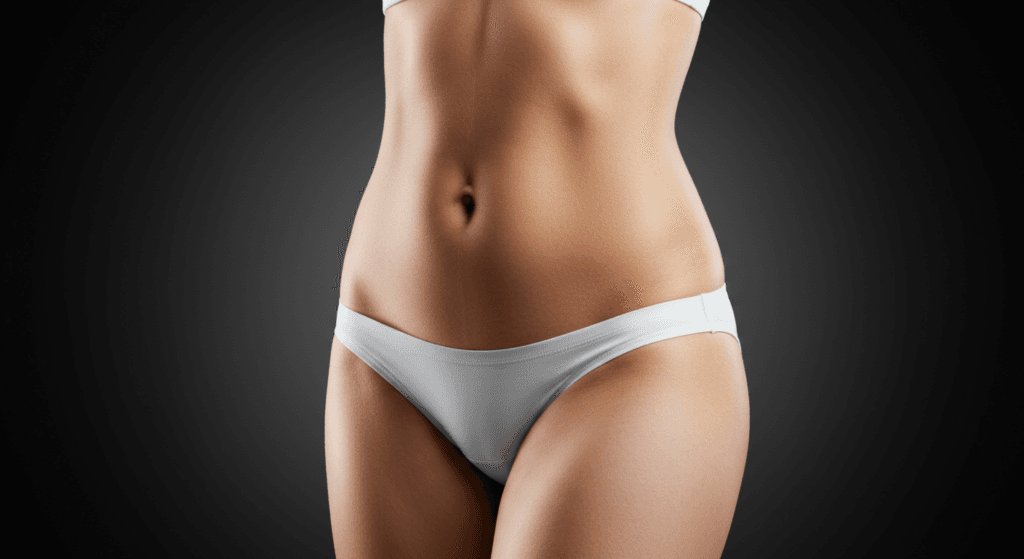Excess skin and fat deposits on the lower body, particularly the buttocks, hips, and thighs, can be a significant source of dissatisfaction for many individuals. Weight loss, pregnancy, and aging all contribute to this common aesthetic concern. A lower body lift, also known as a lower body contouring procedure, is a surgical solution designed to address these issues, restoring a more toned and youthful appearance to the lower torso and thighs. This article will explore the procedure in detail, covering its suitability, the surgical process, and the recovery and long-term results patients can expect.

Table of Contents
Understanding Lower Body Lifts
A lower body lift is a comprehensive surgical procedure aimed at removing excess skin and fat from the lower abdomen, buttocks, and thighs. It’s not a weight-loss solution, but rather a body contouring procedure for individuals who have already achieved their desired weight and have significant excess skin that doesn’t respond to diet and exercise. The extent of the lift can vary depending on the individual’s needs and the surgeon’s assessment. Some patients may require a smaller, more targeted procedure, while others may need a more extensive lift encompassing a larger area.
The procedure often involves strategically placed incisions to remove excess skin and fat. These incisions are carefully planned to minimize scarring and are typically placed in areas that can be easily concealed by underwear. The underlying tissues are then tightened and repositioned to create a smoother, more contoured shape. The specific techniques used can vary depending on the surgeon’s preference and the patient’s individual anatomy. Liposuction may be incorporated to further refine the contours and remove stubborn fat deposits.
Lower body lifts are not interchangeable with other procedures like tummy tucks or thigh lifts. While a tummy tuck focuses primarily on the abdomen, and a thigh lift concentrates solely on the thighs, a lower body lift addresses a broader area, encompassing all three regions. This makes it a more extensive and complex procedure, requiring a longer recovery period. It’s crucial to understand the differences between these procedures to determine the most appropriate option for your individual needs.
The decision to undergo a lower body lift should be made after careful consideration and consultation with a qualified plastic surgeon. The surgeon will assess your overall health, discuss your expectations, and determine if you are a suitable candidate for the procedure. Realistic expectations are crucial for a positive outcome, and open communication with your surgeon is vital throughout the entire process.

Ideal Candidates & Expectations
Ideal candidates for a lower body lift are generally non-smokers who are at or near their ideal weight and have good skin elasticity. Significant weight fluctuations after the surgery could negatively impact the results. The procedure is most effective for individuals who have significant excess skin and fat in the lower body that is resistant to diet and exercise. Good overall health is essential, and patients should be free from any underlying medical conditions that could complicate the surgery or recovery.
Realistic expectations are paramount. While a lower body lift can significantly improve the appearance of the lower body, it cannot create a perfect body. Patients should understand that some scarring is inevitable, and the final results may not be immediately apparent. It’s important to have a clear understanding of the potential risks and complications associated with the procedure, including infection, bleeding, and seroma formation.
The surgeon will discuss the potential risks and benefits of the procedure in detail during the consultation. They will also help you manage your expectations and ensure you understand what is realistically achievable. Photographs are often taken before and after the procedure to document the changes and help manage expectations. Open communication with your surgeon is crucial throughout the entire process, from the initial consultation to the post-operative follow-up appointments.
Choosing a board-certified plastic surgeon is crucial. A qualified surgeon will have the necessary experience and expertise to perform the procedure safely and effectively. They will also be able to provide you with realistic expectations and address any concerns you may have. Researching potential surgeons and reading patient reviews can help you make an informed decision.

The Surgical Procedure Itself
The lower body lift procedure is typically performed under general anesthesia in a hospital or accredited surgical facility. The length of the procedure varies depending on the extent of the lift and the individual’s anatomy, but it can last several hours. The surgeon will make incisions to remove excess skin and fat, the precise location and length of which will depend on the individual’s needs. These incisions are strategically placed to minimize scarring and are usually hidden by underwear.
During the procedure, the surgeon will carefully separate the skin and fat from the underlying muscle and tissue. Excess fat may be removed using liposuction, further refining the contours of the body. The remaining skin is then tightened and repositioned, creating a smoother, more contoured appearance. The incisions are then closed using sutures or staples. Drains may be placed to remove excess fluid and minimize the risk of complications.
The specific techniques used during the procedure can vary depending on the surgeon’s preference and the patient’s individual anatomy. Some surgeons may use advanced techniques, such as endoscopic-assisted liposuction, to minimize scarring and improve precision. The surgeon will explain the specific techniques they plan to use during the consultation, ensuring the patient is fully informed and comfortable with the procedure.
Post-operative care is crucial for optimal healing and recovery. Patients will typically need to wear compression garments for several weeks to help reduce swelling and support the healing tissues. Pain medication may be prescribed to manage any discomfort. Regular follow-up appointments with the surgeon are necessary to monitor healing progress and address any concerns.

Recovery & Long-Term Results
The recovery period after a lower body lift can be lengthy, typically lasting several weeks or even months. Patients can expect significant swelling, bruising, and discomfort in the initial days and weeks following the surgery. Pain medication can help manage discomfort, and compression garments are essential for reducing swelling and supporting the healing tissues. Most patients can return to light activity after a few weeks, but strenuous exercise should be avoided for several months.
Drains, if placed, are usually removed within a week or two. Stitches or staples are typically removed after a few weeks. The initial swelling and bruising will gradually subside over several months, revealing the final results. It’s important to follow the surgeon’s post-operative instructions carefully to minimize the risk of complications and ensure optimal healing. Regular follow-up appointments are crucial to monitor progress and address any concerns.
Long-term results of a lower body lift are generally positive and long-lasting, provided the patient maintains a stable weight. Significant weight fluctuations after the surgery can negatively impact the results. The improved body contouring can significantly boost self-confidence and improve body image. However, it’s important to remember that the procedure is not a substitute for a healthy lifestyle, and maintaining a balanced diet and regular exercise is essential for long-term well-being.
Scarring is inevitable with any surgical procedure, and the extent of scarring will vary depending on the individual and the surgeon’s technique. The scars will initially be red and raised, but they will gradually fade over time, becoming less noticeable. The final appearance of the scars can be influenced by factors such as skin type and sun exposure. Patients should protect their scars from excessive sun exposure to minimize discoloration and improve their appearance.
A lower body lift can be a transformative procedure for individuals who have significant excess skin and fat in their lower body. However, it’s crucial to choose a qualified surgeon, manage expectations realistically, and understand the recovery process. With careful planning and adherence to post-operative instructions, patients can achieve significant improvements in their body contour and overall self-confidence. Remember to consult with a board-certified plastic surgeon to determine if a lower body lift is the right option for you.
Transform Your Confidence with Surgyteam!
Join the thousands of satisfied patients who have experienced the exceptional care and expertise of Surgyteam’s renowned plastic surgeons. Whether you’re seeking aesthetic enhancements or reconstructive surgery, our dedicated team in Antalya is here to provide you with the highest quality treatment and personalized care.



